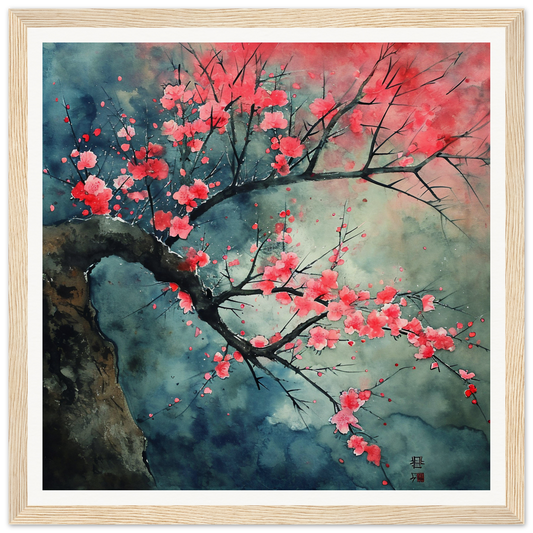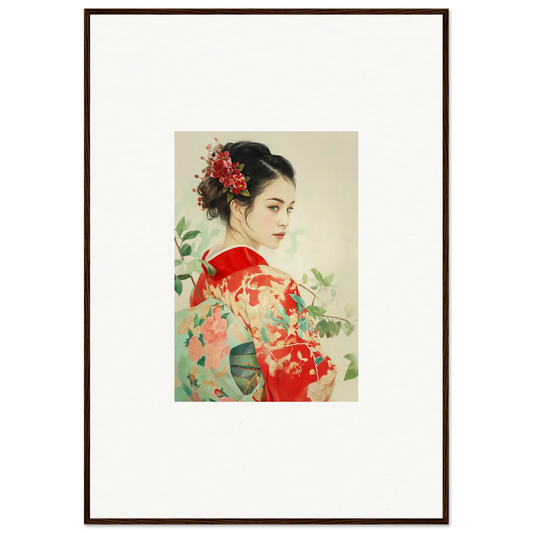
Understanding Color Theory: An Essential Guide to Design
Share
Understanding Color Theory: An Essential Guide to Design
Overview
What is Color Theory?
Color theory is the study of how colors interact and how they can be combined to create visually appealing designs. It explores the principles and guidelines that govern the use of color in art and design. Understanding color theory is like having a set of tools that can help you make informed decisions about color in your designs. It's like knowing which colors go well together and which ones clash like a Sony A95L OLED TV comparison. By understanding color theory, you can create harmonious color schemes, evoke specific emotions, and effectively communicate your message through color.
Why is Color Theory Important in Design?
Understanding color theory is essential for designers who want to create visually appealing and effective designs. By understanding how colors interact and influence each other, designers can create harmonious color schemes that evoke specific emotions and convey messages. Color theory also helps designers create visual hierarchy and enhance readability by using contrast effectively. Additionally, color theory allows designers to experiment with different color combinations and create unique and memorable designs. For interior designers, understanding essential color rules is crucial for creating spaces that are visually pleasing and evoke the desired atmosphere. Whether it's choosing the right color palette or creating a focal point, color theory provides a solid foundation for successful design.
Basic Color Terminology
Before we dive into the wonderful world of color, let's get familiar with some basic color terminology. Understanding these terms will help you navigate through the colorful journey ahead. Here are a few key terms you should know:
| Term | Definition |
|---|---|
| Hue | The actual color itself, like red, blue, or yellow |
| Saturation | The intensity or purity of a color |
| Value | The lightness or darkness of a color |
Now that we have a grasp of the basics, let's move on to the exciting part: How It Works.
Color Harmony

Understanding the Color Wheel
The color wheel is like a magical tool that helps designers create harmonious color schemes. It's like having a secret weapon in your design arsenal! By understanding the color wheel, you can easily choose colors that work well together and create a visually pleasing composition. Just like a chef uses different ingredients to create a delicious dish, a designer uses different colors to create a stunning design. So, let's take a closer look at this wonderful tool and unlock the power of color!
Creating Color Schemes
Creating color schemes is like mixing ingredients to create the perfect dish. Just as a chef combines different flavors and textures to make a delicious meal, a designer combines different colors to make a visually appealing design. It's all about finding the right balance and harmony between colors. When creating color schemes, consider the complementary and analogous colors, as well as the warm and cool tones. By understanding color theory and experimenting with different combinations, designers can create stunning visuals that catch the eye and evoke the desired emotions.
Using Color Psychology in Design
Color psychology plays a crucial role in design, as it taps into the emotions and perceptions of the audience. By strategically selecting colors, designers can evoke specific feelings and responses from viewers. For example, warm colors like red and orange can create a sense of excitement and energy, while cool colors like blue and green can evoke a feeling of calmness and relaxation. According to an AD PRO report, color can also influence consumer behavior and purchasing decisions. Understanding the psychological impact of color can help designers create visually appealing and effective designs that resonate with their target audience.
Color Contrast

The Importance of Contrast in Design
When it comes to design, contrast is like the secret ingredient that makes everything pop. It's like adding a pinch of salt to your favorite dish - it brings out the flavors and makes it more enjoyable. In the world of design, contrast helps create visual interest and guides the viewer's attention. It's what makes a design stand out from the crowd. By using contrasting colors, shapes, and elements, designers can create a sense of depth and dimension. DA's office Contrast can also be used to enhance readability, making sure that important information is easily distinguishable from the rest. Whether it's using light and dark shades, complementary colors, or different font styles, contrast is a powerful tool that every designer should have in their arsenal.
Using Contrast to Enhance Readability
When it comes to design, contrast is your best friend. It's like adding salt to a dish - it brings out the flavors and makes everything more interesting. In the context of color, contrast refers to the difference between two colors. By using colors that are opposite on the color wheel, you can create a high contrast effect that grabs attention and enhances readability. Think black text on a white background or vice versa. This strong contrast makes the text stand out and ensures that it's easy to read. So, don't be afraid to play with contrast in your designs. It's a simple yet powerful tool that can make a big difference.
Creating Visual Hierarchy with Contrast
When it comes to design, contrast is not just about making things stand out—it's about creating a visual hierarchy that guides the viewer's attention. By using contrasting colors, you can direct the viewer's eyes to the most important elements of your design. Contrast helps establish a sense of order and organization, making it easier for the viewer to navigate through the information. It's like having a roadmap that highlights the key destinations. Just like using different font sizes, bolding certain words, or adding bullet points to make information more digestible, contrast plays a crucial role in ensuring that your design communicates effectively. So, next time you're working on a design project, remember to leverage the power of contrast to create a strong visual hierarchy.
Conclusion

Applying Color Theory in Your Designs
Now that you have a grasp on color theory and its various aspects, it's time to put that knowledge into action. When it comes to design, color plays a key role in creating visual impact and conveying messages. By understanding color harmony and contrast, you can effectively use colors to evoke emotions and guide the viewer's attention. Experiment with different color schemes and combinations to see what works best for your design. Remember, color is a powerful tool that can make or break your design, so use it wisely!
Experimenting with Color
Now that you understand the basics of color theory and how it can be applied in design, it's time to have some fun and start experimenting with color! Whether you're working on a website, a logo, or even choosing a color palette for your home, the possibilities are endless. Experimenting with color allows you to unleash your creativity and explore different combinations and effects. Don't be afraid to think outside the box and try something new. Who knows, you might discover a unique color scheme that perfectly captures the mood and personality of your project. So go ahead, grab your paintbrush or fire up your design software, and let the colors guide you on a vibrant and exciting journey!
Continuing Your Color Education
As you wrap up your color theory journey, it's important to continue expanding your knowledge and maximize the potential of the Adobe Color Wheel. This powerful tool allows you to explore different color combinations and create harmonious palettes effortlessly. Additionally, don't forget to experiment with color in your designs. Play around with different hues, saturations, and values to discover unique and eye-catching combinations. By continuously learning and experimenting, you'll become a true master of color theory.
































3 comments
real estate counseling
Eartha Casa, the name lends itself to something meaningful and most conclusively related to mother Earth! It takes you to the vivid imagination of a house in the lap of nature. Casa means home. Eartha Casa is a gated community of Luxury Villa housing where all the modern amenities and comforts are intertwined.
Thanks for sharing this useful information
Gated Community Villas Nagpur
We set off on a journey. And found our way back home.
Equipped with a Master’s degree in Business Administration from London, UK and having worked in several industries, our founder – Chairman and Managing Director of Yoshitha Infra Pvt. Ltd., followed his passion in real estate. He found his way back home to implement his learnings and experiences in making meaningful difference in the livesof many around him.
Villa Plots in Zaheerabad
Vijayakalpa is an idea. It’s a philosophy. The insanely unique perspective to building living spaces which is manifested in the, oft-overlooked, functionally and usability aspect of the construction with the top-of-the-line features that gain appreciation for its elegance and sophistication; all bundled up in an economically viable offer.
Thanks for sharing this useful information to know more vist our webiste
Best Real Estate Developers in Hyderabad